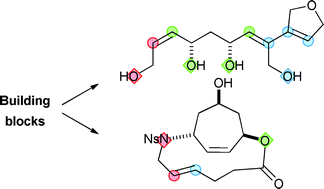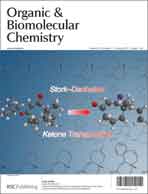Towards the systematic exploration of chemical space
Abstract
The discovery of biologically active small molecules is shaped, in large part, by their synthetic (or biosynthetic accessibility). However, chemists' historical exploration of chemical space has been highly uneven and unsystematic. This article describes synthetic strategies that have emerged that may allow chemical space to be explored more systematically. Particular emphasis is placed on approaches that allow the scaffolds of small molecules to be varied combinatorially. In addition, some examples of bioactive small molecules that have been discovered by screening diverse small molecule libraries are highlighted. The authors comment on the likely scope of each of the strategies to deliver skeletally-diverse libraries. In addition, the authors highlight some key challenges for the future: the extension to libraries based on hundreds of distinct scaffolds; and the development of approaches that focus overtly on


 Please wait while we load your content...
Please wait while we load your content...